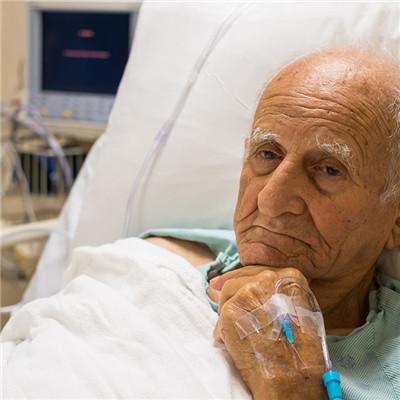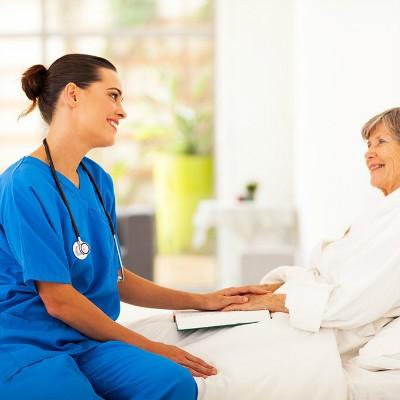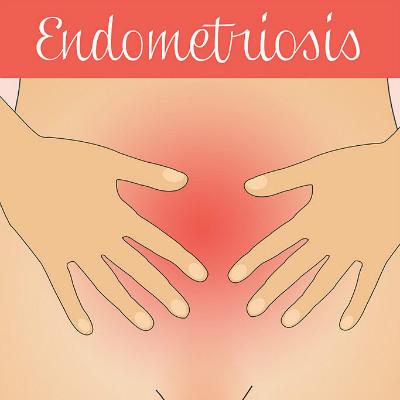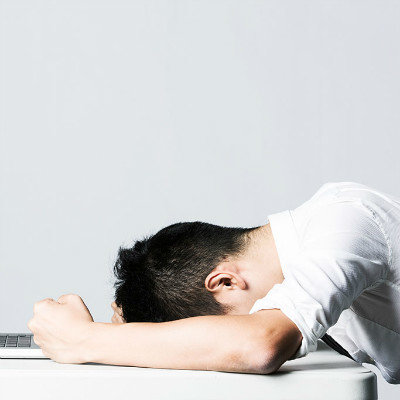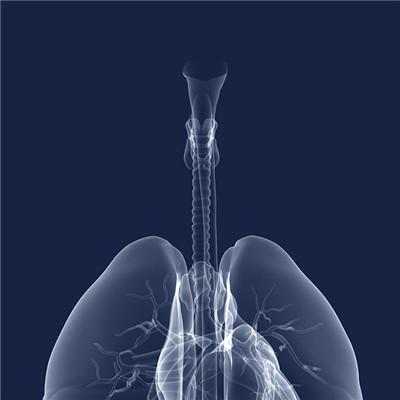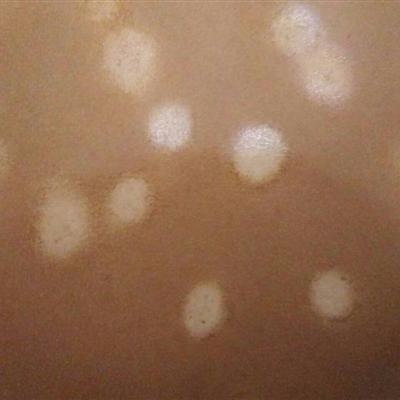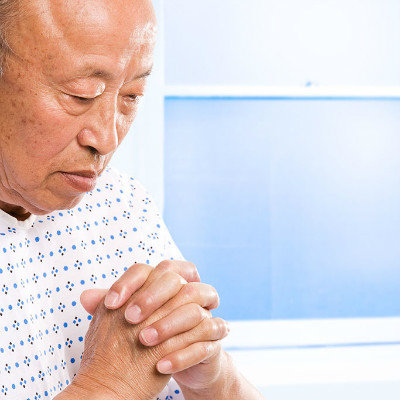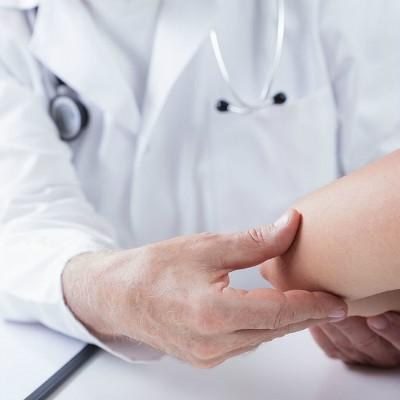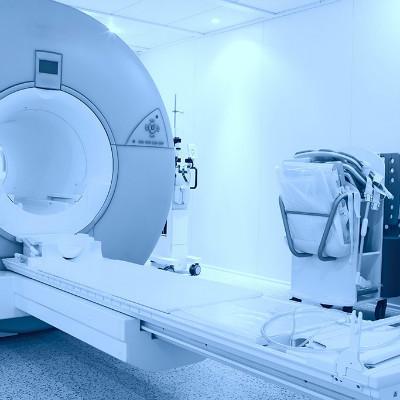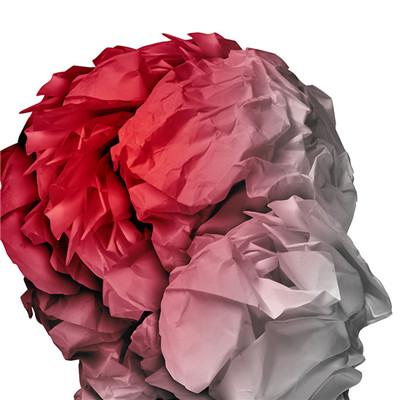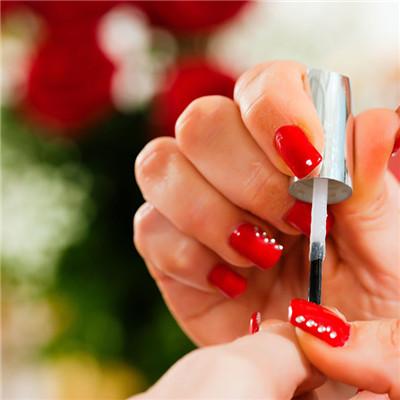What are the symptoms of seborrheic alopecia in girls?
summary
Seborrheic alopecia mostly occurs in male manual workers, but with the increasing pressure of women in work, family, society and other aspects, the incidence of this disease in female groups is also increasing. After suffering from seborrheic alopecia, women will have a variety of symptoms, such as baldness, local alopecia, greasy scalp, increased dandruff and so on. What are the symptoms of seborrheic alopecia in girls? Let's talk about it.
What are the symptoms of seborrheic alopecia in girls?
1. Greasy scalp with dandruff. In female patients with seborrheic alopecia, there are varying degrees of greasy scalp, and a large number of dandruff. For patients with mild symptoms, they often have a sense of head moisture, and need to wash their hair frequently to keep their hair fresh. With the change of season and the increase of temperature, the degree of greasiness will continue to increase. For female patients with severe symptoms, there will be head odor, bad smell and other bad smell, so that women are troubled in health and social aspects.
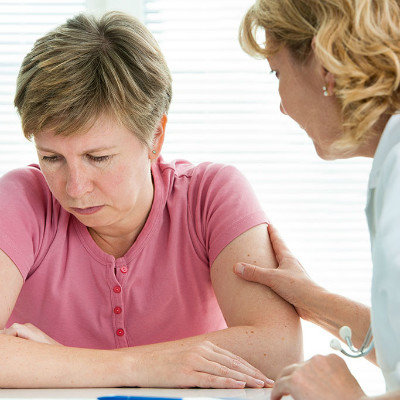
2. Sparse hair. Female patients with seborrheic hair loss, there will be significantly less hair. Careful observation of the patient's scalp, you will find that the hair of the whole head becomes sparse, which is also the symptom of most female patients with seborrheic alopecia.
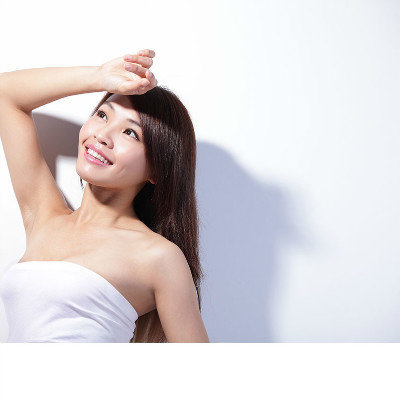
3. Local hair loss. For patients with severe symptoms, it is not only limited to the symptoms of sparse hair, but also local hair loss. Local hair loss can be spread all over the scalp, and the area of hair loss can be large or small, which will cause serious adverse effects on the patient's scalp health and hair appearance.
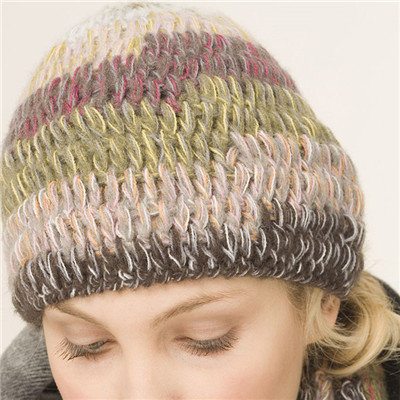
matters needing attention
Patients with mild symptoms can be treated in time to avoid large area of hair loss. In the treatment of female seborrheic alopecia, patients should not only adhere to the regular drug treatment, but also pay attention to adjust their daily habits, and relieve the adverse symptoms by washing their hair more, using a wooden comb, giving up smoking and drinking, using less computers, reducing pressure and other ways.

